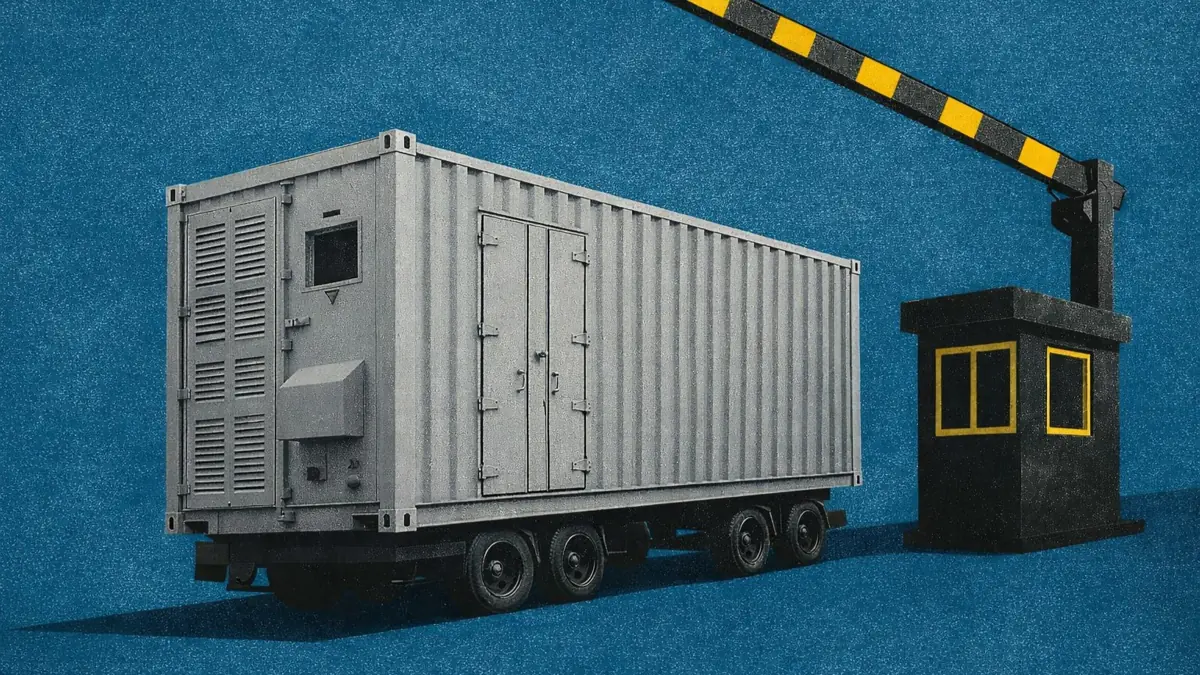Italy’s BESS Market: As fixed revenues take hold, can merchant still compete?
Italy’s BESS Market: As fixed revenues take hold, can merchant still compete?
Italy has taken the first step in locking in 50 GWh of storage through MACSE, its long-term capacity scheme for energy storage, cementing its status as one of Europe’s most attractive fixed-revenue markets.
Even with substantial contracted capacity coming online, and more to follow, merchant opportunities remain in addressing volatility and local imbalances beyond the reach of fixed-revenue schemes.
Fixed revenues anchor Italy’s storage landscape
Italy stands out in Europe for the scale and structure of its contracted energy storage revenues, driven by Terna, the country’s TSO.
At the centre is MACSE, Terna’s capacity mechanism to secure 50 GWh of grid-connected batteries by 2030. The first auction awarded around 10 GWh of battery capacity on 15-year contracts with fixed annual payments per MWh, delivering strikingly low prices and setting a clear benchmark for future rounds.
Terna also operates a capacity market that awards 15-year contracts for new build and 1-year terms for existing assets. Payments are made for availability rather than dispatched energy, allowing participants to continue to use the entirety of their available capacity in the energy trading and ancillary markets.
With so much BESS capacity secured under fixed-revenue contracts, the key question for investors is how much room remains for merchant models.
Where does this leave merchant storage?
Fixed-revenue contracts have become the backbone of Italy’s storage market. But developer appetite goes beyond what schemes like MACSE can absorb; the first auction attracted four times more capacity than was procured. That oversubscription has left a growing pipeline of projects testing whether merchant models can stand on their own.
While MACSE contracts secure large-scale capacity, they don’t fully reward operational strategy, location, or technical design choices that maximise performance. That leaves room for batteries that can extract more value through more sophisticated optimisation strategies and system design.
Day-ahead arbitrage
The day-ahead market (Mercato del Giorno Prima, MGP) is a core source of merchant value for Italian batteries, with ongoing renewable expansion continuing to support spread depth.
Average spreads, however, still trail those in leading European markets. The Prezzo Unico Nazionale (PUN), Italy’s single national reference price derived from zonal results, shows TB2 spreads sitting 43% below Germany and 12% below GB.
Within Italy, zonal differences are clear. Southern and island zones show deeper spreads than the North, with Sardinia seeing the widest and the northern zone the lowest; Sardinia’s average TB2 spreads are around 34% higher than those in the North.
These same regions, however, are where most capacity was awarded in MACSE’s first auction. Much of that arbitrage potential will therefore be captured by contracted assets, leaving a thinner margin for purely merchant entrants.
Intraday Market
Italy’s intraday market (Mercato Infragiornaliero, MI) offers another layer of merchant value. It combines both continuous trading and scheduled auctions, with most volume still concentrated in the auction sessions.
Including intraday prices lifts average spreads by around 14%, highlighting the extra value available to well-optimised assets. However, limited liquidity in continuous trading and trading restrictions still cap how much of that uplift can fully be captured.
Balancing and Ancillary Services
Italy’s dispatching services market (Mercato per il Servizio di Dispacciamento, MSD) underpins both real-time balancing and ancillary services procurement. It calls on resources to provide upward and downward regulation after the day-ahead (MGP) and intraday (MI) markets close.
Hours with simultaneous upward and downward balancing within the same zone are a regular feature, a clear sign that local network constraints, rather than zone-wide system imbalances, are driving many dispatch decisions.
Large-scale, zonally procured MACSE capacity won’t fully address these sub-zonal issues. As renewable penetration grows, imbalances are likely to become more frequent, creating opportunities for well-sited or co-located batteries to capture value where balancing needs are most acute.
Geography and generation mix drive Italy’s zonal differences
Italy’s power market is zonally priced. Each region reflects distinct grid constraints and supply–demand balances, making location a key driver of revenue potential.
The northern zone dominates both generation and load, shaping national averages. Strong hydro generation and cross-border interconnectors help keep its prices more stable than elsewhere in Italy.
In contrast, the southern and island zones rely more heavily on solar and wind, creating sharper intraday swings as weak transmission links constrain the flow of cheap energy northward. These dynamics explain why spreads are typically deepest in the South and why most MACSE capacity has been awarded there.
Gas-fired plants remain the backbone of Italy’s power mix and often set the marginal price. Their flexibility limits scarcity pricing, containing spreads. However, that same reliance made Italy one of Europe’s most exposed markets during the 2022 energy crisis, and could again create upside for merchant batteries if fuel markets tighten.
The road ahead for Italy’s storage market
As renewables expand and thermal generation phases out, Italy’s need for flexibility will intensify. The country’s energy and climate plan targets around 108 GW of solar and wind capacity by 2030, with energy storage set to play a central role in managing that transition.
Much of the build-out will come through long-term capacity schemes that provide contracted revenues for large-scale batteries.
There is also scope for merchant value to grow, particularly as reforms under the Testo Integrato del Dispacciamento Elettrico (TIDE) reshape dispatch rules and locational signals.
Connection delays, complex permitting, and evolving market rules mean investors face a moving target. For those willing to navigate that uncertainty, Italy offers one of Europe’s more promising storage markets.







